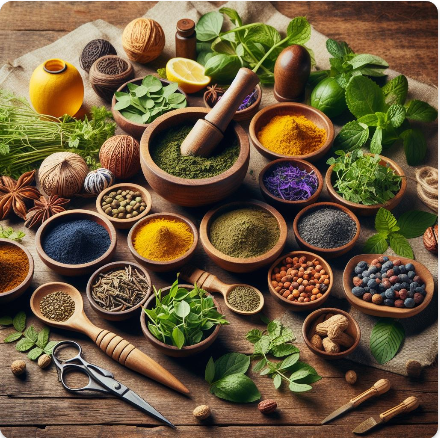Indigo
Indigo, derived from the leaves of the Indigofera tinctoria plant, is a natural dye known for its deep blue color and cultural significance. The dyeing process involves fermenting and oxidizing the indigo leaves to extract the pigment. Indigo-dyed textiles have been used for clothing, home décor, and ceremonial purposes in cultures worldwide. The rich blue hue symbolizes qualities such as purity and wisdom, making it a popular choice for traditional garments. Additionally, indigo has been used in traditional medicine systems for its purported anti-inflammatory, antimicrobial, and analgesic properties, making it a versatile plant with diverse applications.
Description
Indigo, scientifically known as Indigofera tinctoria, is a flowering plant that has been used for centuries as a natural dye. Native to various regions including Asia, Africa, and the Americas, indigo produces a deep blue color prized for its richness and versatility. The dye is extracted from the leaves of the indigo plant through a process of fermentation and oxidation. Traditionally, indigo dyeing involves soaking textiles in a vat of indigo dye, resulting in a characteristic blue hue that is both vibrant and long-lasting. Indigo dyeing has a long history of cultural significance, with indigo-dyed textiles being used for clothing, home décor, and ceremonial purposes in many cultures around the world. The rich blue color symbolizes qualities such as purity, wisdom, and spirituality, making it a popular choice for traditional garments and ceremonial attire. In addition to its use in textiles, indigo has also been utilized for its medicinal properties. In traditional herbal medicine systems such as Ayurveda and Traditional Chinese Medicine (TCM), indigo is believed to have anti-inflammatory, antimicrobial, and analgesic properties. It has been used to treat various ailments including skin conditions, digestive disorders, and respiratory issues. for Direct Sourcing from India Please Visit













Reviews
There are no reviews yet.